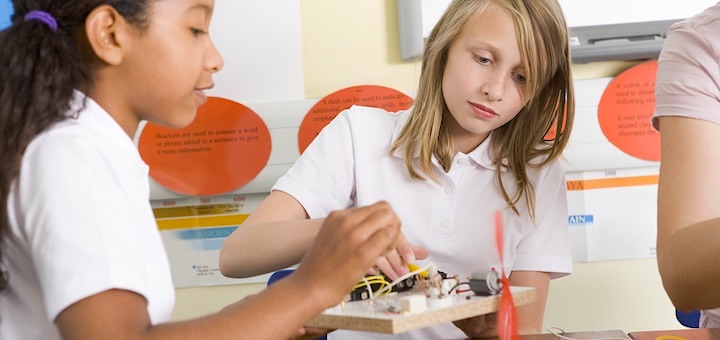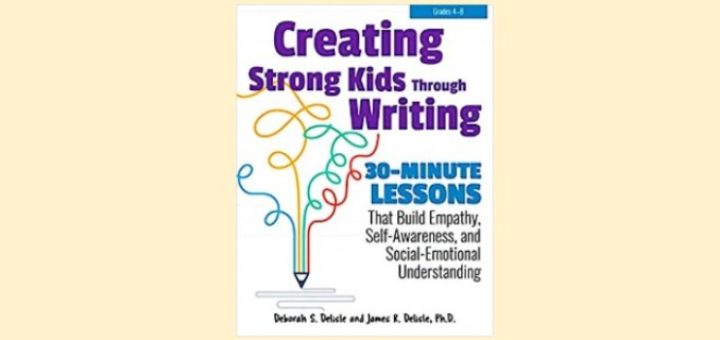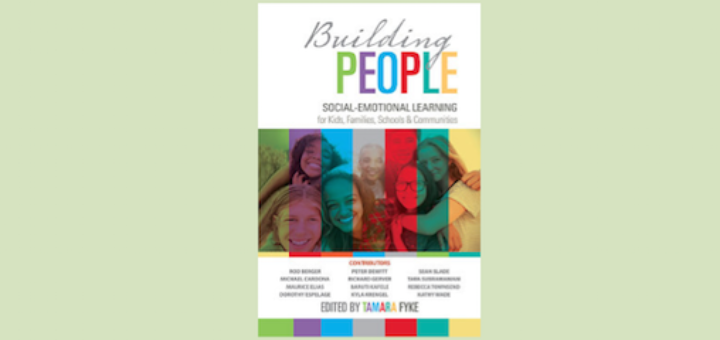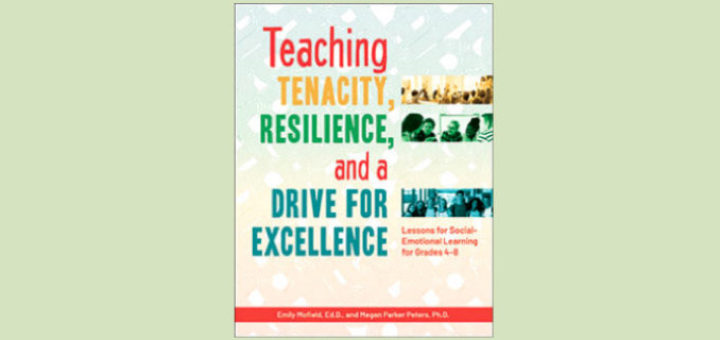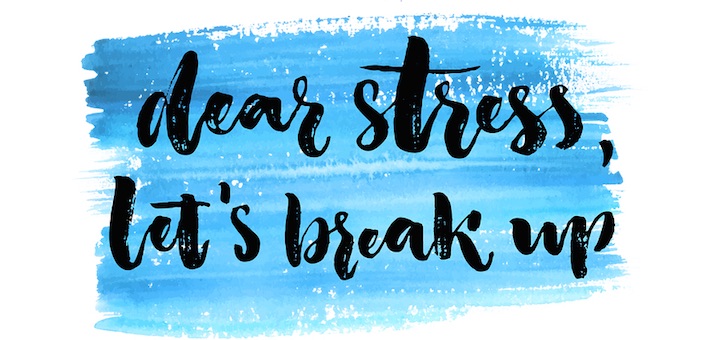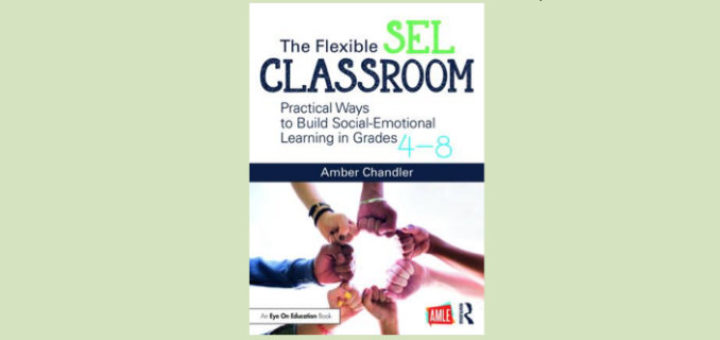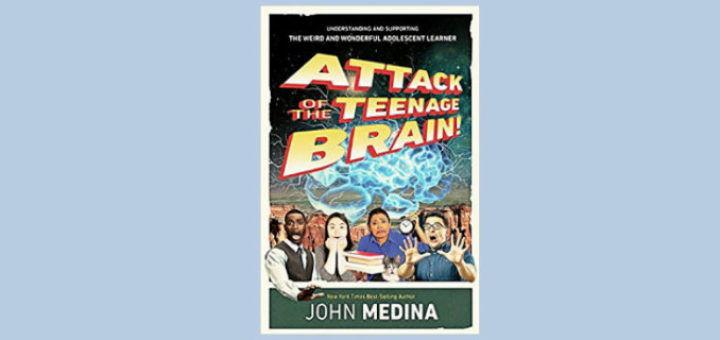Tagged: social-emotional learning
It’s hard to strike a balance between nurturing a middle schooler and fostering independence, but they need both from adults in their lives as they toggle between childhood and adolescence. Author and middle school counselor Phyllis Fagell shares 10 ways we can help.
Guiding students to master SEL skills like self-control, empathy, collaboration, and problem solving can be harder than teaching content. The key to infusing social-emotional learning is teacher intentionality, says Anne Jolly, and STEM class offers a perfect SEL framework.
Creating Strong Kids Through Writing is an easy-to-use book of 20 fully resourced lessons lasting 30 minutes to help adolescents grow socially and emotionally. Consultant Anne Anderson notes the lessons are not just for ELA classes and include topics in math and science.
Traditional questioning routines can send unintended messages to some students that they are not “smart” enough to engage in classroom conversations, writes author and teaching expert Jackie Walsh. Learn how to weave SEL-friendly questioning into your daily practice.
Building People is like a panel discussion on the current state of social emotional learning with 12 authors looking at where SEL is, its future, and ways to use SEL to help kids succeed. Teacher leader Laura Von Staden finds the book a useful if one-sided resource.
Teaching Tenacity offers a series of thoughtful, research-based lessons that will provide students with the tools to make the pursuit of excellence a life-long endeavor. Jeny Randall looks forward to bringing the lessons to her morning advisory time but says advisory isn’t a must.
Marilee Sprenger shares the “break-up letter” she read to her middle school students to help them become aware of their emotions and find strategies that will work for them and their individual experiences. She includes follow-up activities to build SEL skills for all.
What improves achievement by an average 11 percent, increases appropriate social behavior, improves students’ attitudes, and reduces stress? Social Emotional Learning. Author-educator Marilee Sprenger shares brain-wise strategies to blend SEL into your everyday practice.
Filled with thought-provoking ideas on how to meet the social and emotional needs of our students, Amber Chandler’s The Flexible SEL Classroom guides us with ideas and activities to try while meeting the curricular mandates we are given, writes Laura Von Staden.
In addition to explaining the brain science behind adolescent risk taking, John Medina’s Attack of the Teenage Brain! is filled with valuable information to change the way teachers respond to adolescents in the classroom, says educator Elizabeth OBrien.


